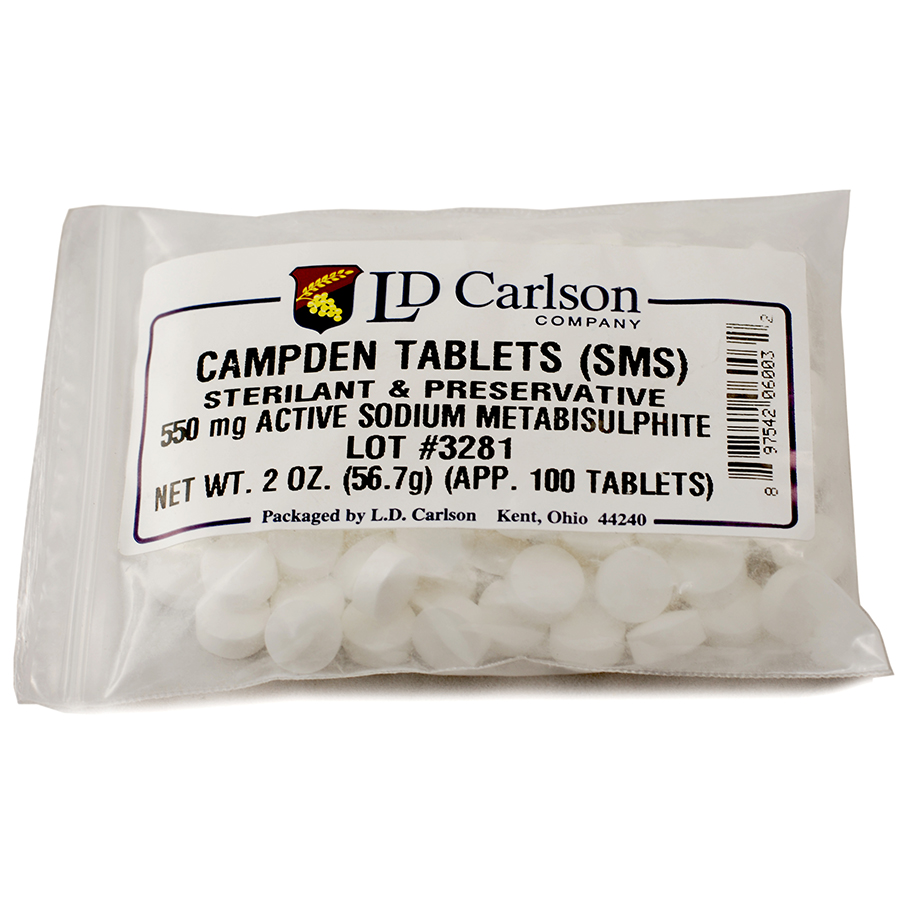wsmith1625
Well-Known Member
I have brewed 4 extract beer kits so far and have not had a single batch turn out good. The last batch I brewed was a peach hefeweizen which I am about to pour down the drain. I did a lot of reading on extact brewing and the process seems simple enough. I bought a brew kit from William's Brewing and made sure it came with a 10 gallon pot so I could so full boils. I also built a fermenting chamber which seemed to do a good job controlling temps. I am meticulous about cleaning and sanitizing my equipment and don't think I've ever had any signs of infection.
Recently I took bottles from my last 2 brews to the Love2Brew shop so they could taste my beers and try to see what's going on. They seemed to think the temperature control was off, so I'm going to do my next batch in a mini fridge with a digital temperature controller.
What is really frustrating me is that each brew I have done, I have refined my processes and made improvements to try and create better beer. Unfortunately, this seems out of my grasp. With this last batch being a dumper, now I'm in the dumps. Any words or advice for a down and out brewer? I need help. Thanks!
Recently I took bottles from my last 2 brews to the Love2Brew shop so they could taste my beers and try to see what's going on. They seemed to think the temperature control was off, so I'm going to do my next batch in a mini fridge with a digital temperature controller.
What is really frustrating me is that each brew I have done, I have refined my processes and made improvements to try and create better beer. Unfortunately, this seems out of my grasp. With this last batch being a dumper, now I'm in the dumps. Any words or advice for a down and out brewer? I need help. Thanks!






























![Craft A Brew - Safale S-04 Dry Yeast - Fermentis - English Ale Dry Yeast - For English and American Ales and Hard Apple Ciders - Ingredients for Home Brewing - Beer Making Supplies - [1 Pack]](https://m.media-amazon.com/images/I/41fVGNh6JfL._SL500_.jpg)




























